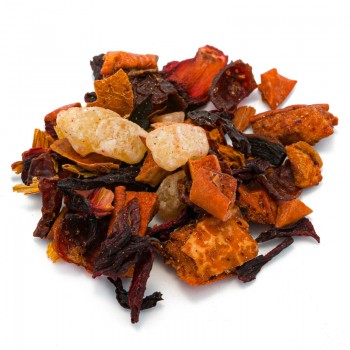Watermelon and mint create a pleasant and refreshing flavor, ideal for quenching your thirst with a summer drink. The infusion also becomes an opportunity to benefit from the detox effects of this combination. The fruit and vegetable ingredients create a delicious effect on the palate, and healthy for the body subjected to the stress of hot summer days; useful in all situations where it is useful to replenish vitamins, minerals, liquids and natural sugars.
Watermelon and mint tea: properties and benefits
The combination of ingredients is rich in nutrients, a good source of vitamins, minerals and antioxidants. Among the vitamins, the infusion of watermelon and mint gives vitamin A and vitamin C, together with some B vitamins. Among the substances made available by the infusion. lycopene - a watermelon carotenoid - is useful for maintaining the body's immune defenses, together with vitamin C. Furthermore, citrulline is an amino acid studied for cardiovascular well-being, to which the antioxidants of berries contribute elderberry. This infusion represents an opportunity to hydrate the body during the hot season, while promoting proper digestion and counteracting constipation. As an alkaline infusion it can give well-being to the intestines and stomach.
Mint allows you to break down food quickly and assimilate it better. Its low acidity helps neutralize gastric juices, and soothes irritations during the digestive phase thanks to lycopene and vitamin C. It can purify excess toxins, thanks to the diuretic and detoxifying action of mint and elderberry. Watermelon, melon, dog rose, mint, elderberries and hibiscus infusions are also useful for the beauty of skin and hair, being sources of hydration and nutrients such as vitamin C and vitamin A. For whom if desired, a pinch of salt can create a surprising effect on the taste, even if less pure and natural for detox purposes.
Origins and History of cultivation
The herbal tea blend features several natural substances, known for their beneficial properties for centuries. To create this infusion, various ingredients have been used: apple, melon, hibiscus petals, elderberries, mint, dog rose, watermelon. The main ingredients are part of the fruits known to our culture, also used in traditional herbal medicine. Mint, in particular, is a plant used since ancient times for its qualities in cooking, therapeutics and for its perfume. It is native to Europe and Asia, and over the centuries it has naturalized in Africa, North America and various oceanic islands. It is famous for its distinctive smell, as an aromatic herb used to purify the air, in temples and homes. It also represents hospitality: in classical Greece it welcomed guests, and even today in the Middle East mint tea is served immediately to guests. Different populations used it for its healing properties to promote digestion, for dental health and as a hot infusion for colds. In herbal medicine, mint extracts give relief to the stomach, counteract intestinal colic, nasal congestion, headaches, and inflammation of the gums. Watermelon has been used by the ancients as a source of liquids, and its history dates back 5,000 years to southern Africa. The ancestor of the watermelon was present in the area, a plant resistant to drought, appreciated for its ability to store water. The indigenous peoples of the Kalahari Desert ate its flesh, which was bitter – unlike modern watermelon. It spread over time to Egypt, and some oval watermelon seeds and paintings are found in Egyptian tombs dating back more than 4,000 years. It was probably then that the wild plant with the round fruit was improved by botanical breeders. Watermelons with sweeter flesh developed, turning them from sources of water to palatable food. Since then it was present in many medical books, mentioned in the Bible, from sources in ancient Greece and Rome. In the classical era, the medicinal properties of the food were considered, praised by the famous Greek doctors Hippocrates and Dioscorides, and by Pliny the Elder in his Historia Naturalis. Watermelon was used as a diuretic and as a cooling treatment for heat exhaustion. In the Middle Ages it spread to India, China, Spain and all of southern Europe as a garden crop, until it was exported to the American continent (16th century).
Plants and flowers
The components of the infusion are many, and the mixture contains fruits and flowers of various origins. The watermelonit comes from the Citrullus lanatus plant, which belongs to the Cucurbitaceae family (the same as some vegetables such as cucumber, pumpkin and melon). Plants in this family bear separate male and female flowers on the same plant. It presents itself with thin vines, covered with small hairs and branched. The plant produces solitary yellow flowers and large, spherical to oblong fruit. It is the edible part of the watermelon, given by the ripe ovary formed by watery pulp and hard rind. Watermelon is eaten as a fruit, but is still classified as a vegetable. Mint or Mentha is a herbaceous plant of the Lamiaceae family. It has up to 24 species, and many varieties, all with similar herbal properties. Many hybrids of mint are known, mainly used for food. The plant grows to about 1-2 meters tall, with the famous leaves displaying a serrated edge. It has a fleshy underground root (rhizome), and the flowers are born in thin spikes. Melon comes from the climbing plant Cucumis melo, of the pumpkin family (Cucurbitaceae). It grows well in temperate to warm climates, displaying large leaves and unisexual yellow flowers. Botanically, edible fruits are a type of berry with a hard rind, which varies in size, shape, texture and color (yellowish, white, brown, greenish, longitudinally striped). The flavor of the pulp can vary depending on the variety: some when ripe give off a sweet fruity smell, others are less sweet but softer. The Rose is a plant of the Rosaceae family, famous for its fragrant flowers, which vary according to the many varieties. Most rose species originate from Asia, and decline in thousands of cultivars. The plant can take the form of erect or climbing shrubs. The false fruit of the Rosa canina plant, called rosehip, appears as a red or orange berry. It contains achenes, the real fruits, and is a rich source of vitamin C. The apple fruit comes from the Malus domestica plant, belonging to the Rosaceae family. it is a tree native to Asia, widespread throughout the world for the nutritional value of its fruits. Apples are diversified in many colors and in numerous varieties, and have been used in human nutrition for millennia. The European Sambucus nigra plant belongs to the genus Sambucus (family Adoxaceae). it is a shrub widespread in Europe and western Asia, which grows in humid and sunny places. Elderberry trees reach a height of about 15 meters and can live for about 60 years. Each flower becomes a small purplish-black berry, valued for its nutritional properties. The hibiscus plant is the Hibiscus which belongs to the Malvaceae family. It comes in the form of numerous species of grasses, shrubs and trees. These plants are native to warm temperate and tropical regions. The colorful and striking hibiscus flowers last only one day. Known for their properties, they are used for infusions or to create dehydrated hibiscus.
Nutritional values of watermelon and mint infusion
The most beneficial active ingredients of the infusion are the antioxidants, such as vitamin C, vitamin A and beta-carotene. There are also B group vitamins, and substances such as menthol, lycopene and citrulline, in addition to mineral salts. How to use the ingredients in the infusion The infusion is obtained by placing about 3-5 grams of the mixture of watermelon and mint in a cup (250 ml) with water at 100 °C. Leave to infuse for 10 to 12 minutes, and let it cool before drinking. Add honey or sugar, if desired.
Watermelon and mint tea: side effects and contraindications
There are no particular contraindications to taking the infusion; except for those who already have an intolerance or allergy to individual ingredients and their components (such as menthol). However, if consumed in excessive doses, the infusion can cause undesirable effects such as stomach ache, headache, nausea. For those suffering from gastroesophageal reflux, an excessive dose can cause disturbances in the stimulation of gastric juices. Caution is advised during pregnancy and while breastfeeding.

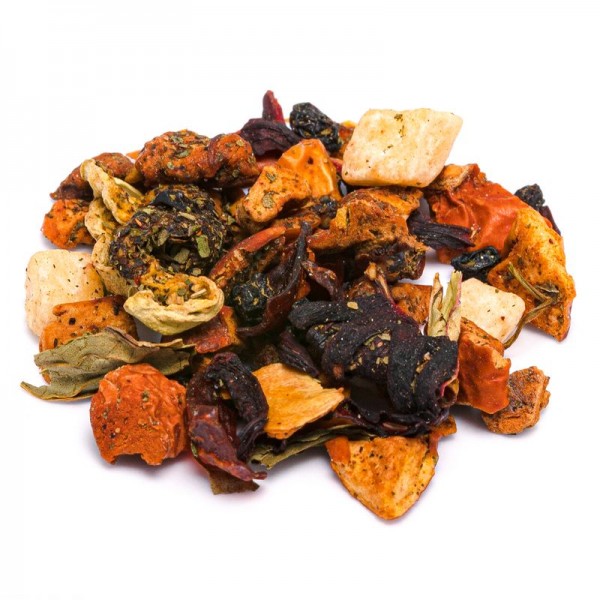









 No reward points for this product.
No reward points for this product.
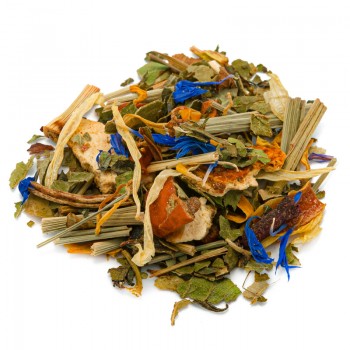
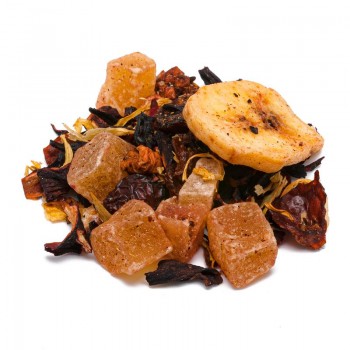
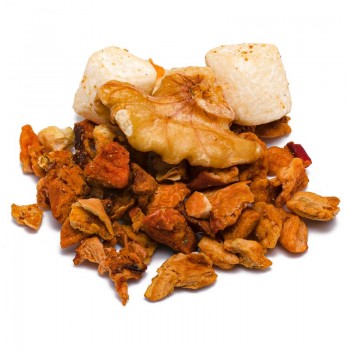
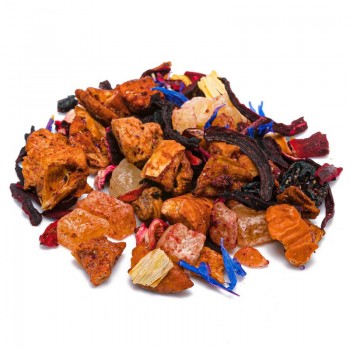
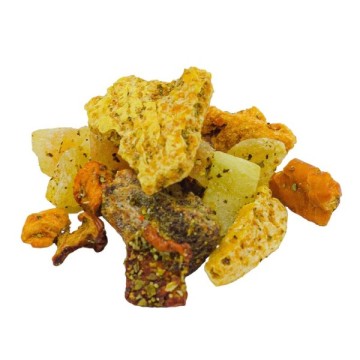
![infuso frutti rossi [Natura d'Oriente]](https://www.naturadoriente.com/3542-home_default/infusion-of-red-fruits.jpg)

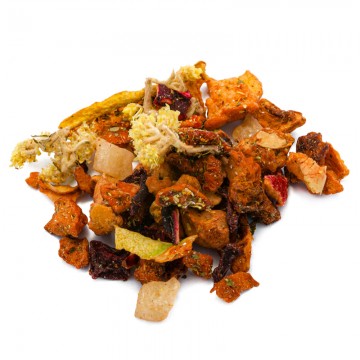
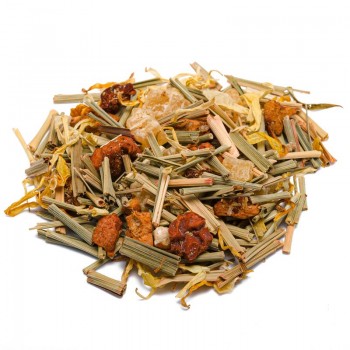
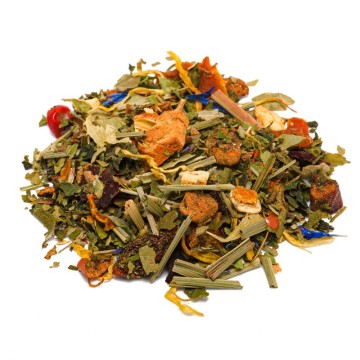
![infuso lime mirtilli rossi [Natura d'Oriente]](https://www.naturadoriente.com/3551-home_default/lime-infused-cranberries.jpg)
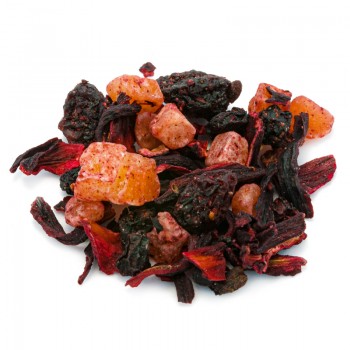
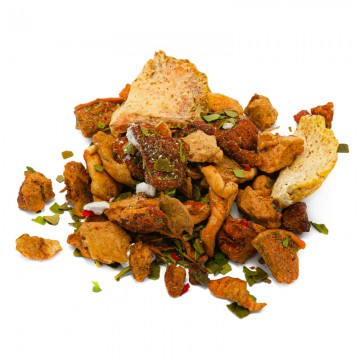
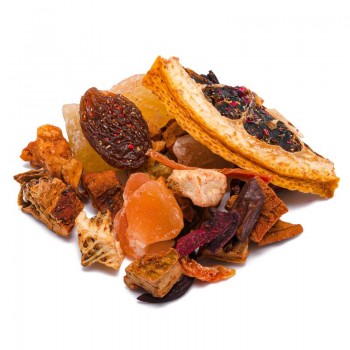
![infuso pesca e vaniglia [Natura d'Oriente]](https://www.naturadoriente.com/3538-home_default/infused-peach-vanilla.jpg)
